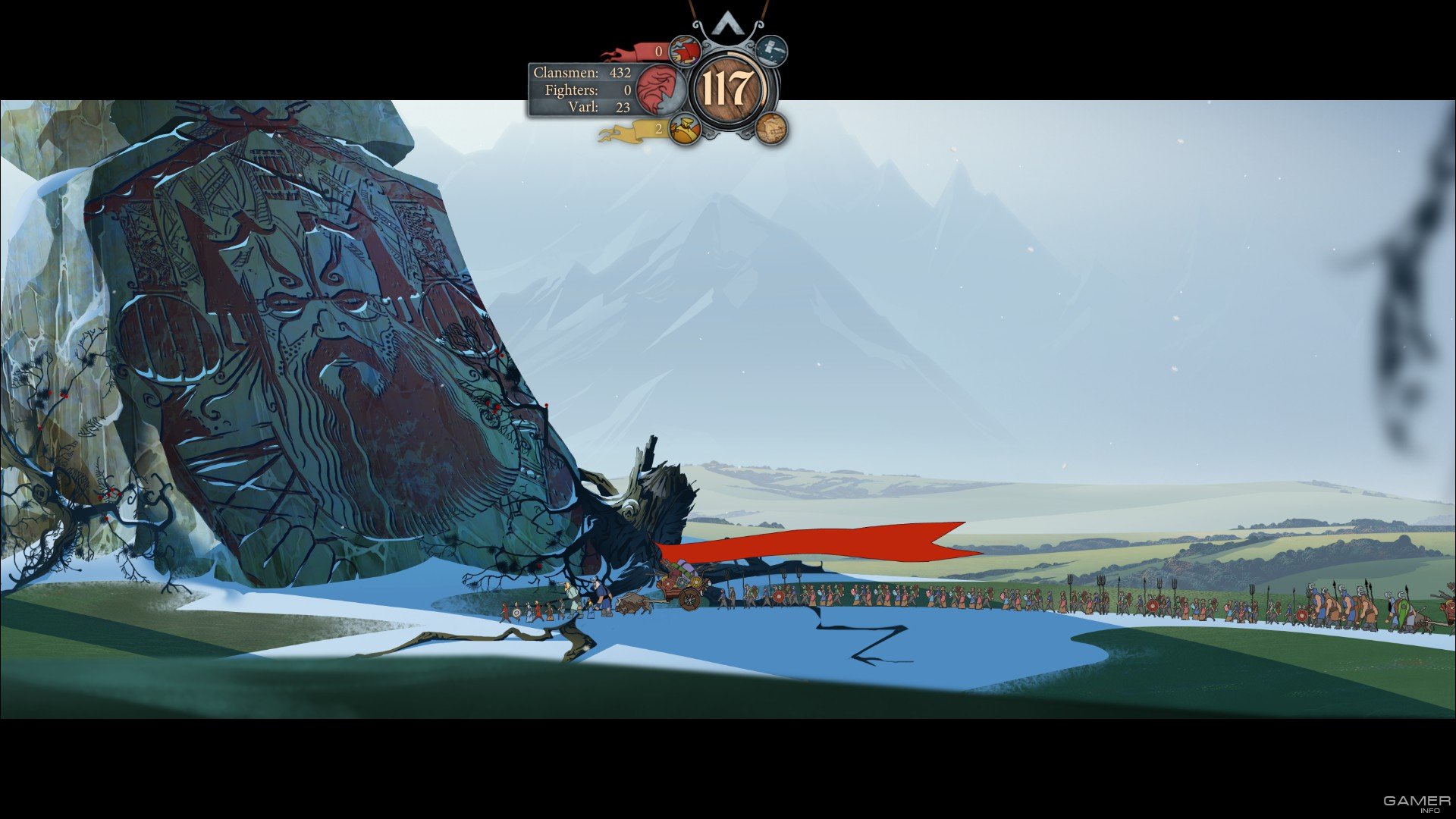


In another trial, out of 17 people who received up to seven infusions of the same two antibodies, 13 maintained viral suppression without ART for 20 weeks and some for longer. Everyone who participated in this study developed some degree of resistance to one of the two antibodies. In one test, the combination didn’t produce persistent viral undetectability in three of four people who responded to the treatment, but the person who started the study with the lowest viral load (under 1000 copies) maintained a viral load of under 20 copies for over eight weeks. The combination of 3BNC117 and 10-1074 has been the most widely tested mixture, according to the authors. As a result, the authors argue that combination therapies consisting of multiple broadly neutralising antibodies to attack different parts of HIV hold the highest promise. Furthermore, when viral loads rebounded, the virus nearly always had developed resistance to the antibody tested. However, as monotherapies (with one antibody used at a time), several studies showed that viral suppression lasted relatively short durations of between about three and ten weeks, depending on the antibody tested and number of doses given. The antibodies 3BNC117, 10-1074, VRC01, and PTG121 have shown the highest ability to suppress HIV in the absence of ART. The regimen used when starting treatment for the first time. Because it can take weeks for the blood concentrations of antibodies to drop by half, their longevity is potentially advantageous over having to take daily, oral ART. Similarly, how the antibodies interact with immune cells affects how long they persist in the body.

They bind to and interact with different parts of HIV, which influences how effective they are at preventing further spread of the virus in the body. These antibodies can surround, or neutralise, viruses and block them from infecting other cells. Years after first acquiring HIV, between 10 and 30% of people living with the virus develop broadly neutralising antibodies that are active against a wide variety of viral strains. Specifically, they argue that a lack of clarity surrounding appropriate combinations of antibodies, the need for resistance testing, and poor penetration into anatomical reservoirs conspire to make broadly neutralising antibodies less practical than ART. The authors of a recent perspective piece published in Clinical Infectious Diseases cite several hurdles to surmount before antibody treatments could serve as viable alternatives to existing antiretroviral therapies.ĭr Laura Waters, chair of the British HIV Association, Dr José Arribas, former chair of the European AIDS Clinical Society's HIV treatment guidelines panel, and colleagues coauthored the commentary. Although much research is currently exploring how broadly neutralising antibodies may help prevent, treat, or cure HIV, some scientists suggest that without substantially improving their performance, the antibodies’ future role in treating HIV may be scant.


 0 kommentar(er)
0 kommentar(er)
